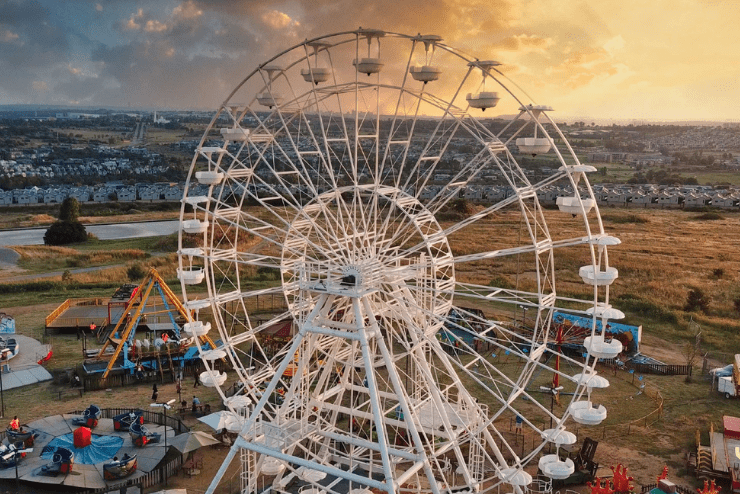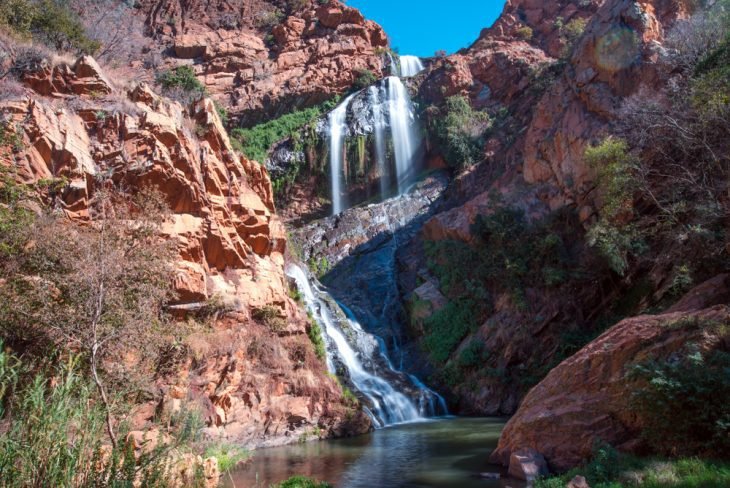Johannesburg North Attractions - The Facts
Table of ContentsThe Greatest Guide To Johannesburg North AttractionsThe Greatest Guide To Johannesburg North AttractionsJohannesburg North Attractions Things To Know Before You Get ThisNot known Factual Statements About Johannesburg North Attractions The 45-Second Trick For Johannesburg North AttractionsThe Ultimate Guide To Johannesburg North AttractionsNot known Factual Statements About Johannesburg North Attractions
You ought to maintain safety and security in mind and visitors should continue to be alert at all times when in unfamiliar environments. Talk to the locals when you are in community to discover the location you are remaining in. Johannesburg North attractions. When on the street (this doesn't relate to mall and other safe and secure environments) finest general suggestions is to try your ideal to appear like a neighborhood and to prevent displaying any type of wealth
The Ultimate Guide To Johannesburg North Attractions
Teacher Revil Mason O. J. (Thomson, 1946) discovered the Witwatersrand's pre-colonial background. His archaeological work blew up the 'em pty land' misconception, according to which the area was empty of human habitation prior to the arrival of European settlers. In his magazines Prehistory of the Transvaal: A Record of Human Activity (1962) and Origins of Black Individuals of Johannesburg and the Southern Western Central Transvaal Advertisement 3501880 (1986 ), Professor Mason showed the extent of social and economic advancement in the location prior to Europeans established foot below.

The Ultimate Guide To Johannesburg North Attractions
He acted with the federal government's approval, provided after he had sworn to maintain his explorations secret. In 1874, small mining operations were begun in the Magaliesberg, where an Australian, Henry Lewis, had found gold deposits. In 1878, David Wardrop located gold in quartz capillaries at Zwartkop, north of Krugersdorp. In 1881, Stephanus Minnaar discovered gold on the farm Kromdraai, near the Cradle of Mankind.
In March 1886, an outcropping (quickly to be called the Main Reef) was found, fairly fortuitously, on Gerhardus Oosthuizen's farm Langlaagte. Some say that the Lancastrian coal miner George Pedestrian found this reef. Another travelling English miner, George Harrison (who had previously operated in Australian mines) gotten a prospecting licence in respect of Langlaagte in Might 1886.
He determined to carry on in a mission for greener fields, and disposed of his Langlaagte claim for the princely sum of 10. Alas: beneath lay the richest goldfield ever before discovered. The exploration of this abundant auriferous reef provoked a gold thrill that signified the end of agrarian tranquillity in the southerly Transvaal.
It would, within 6 years, come to be the biggest town in southerly Africa. Within a years, it would make the Z. A. R. until then an anarchical and bankrupt little state the most affluent nation in Africa. By the millenium, the Z. A. R. was to exceed Russia, Australia and the USA of America to become the world's leading gold producer, producing greater than pop over to this site a quarter of the world's gold.
Things about Johannesburg North Attractions
It was understood as Ferreira's Camp, called after Colonel Ignatius Ferreira. He was a Boer traveler upon whom the British authorities had actually bestowed the status of Companion of the Most Identified Order of St Michael and St George (qualifying him to the post-nominal letters C. M. G.) in appreciation for his role in the battle that had deposed the Pedi king Sekhukhune in 1879.
Soon the camp was teeming with outdoors tents and wagons as newcomers showed up daily from far and wide. By September 1886, some 400 individuals lived in Ferreira's Camp, which soon boasted built iron and hardwood structures. Two other camps were developed: Meyer's Camp on the ranch Doornfontein, and Paarl Camp. The latter was nicknamed Afrikander Camp; many individuals from the Cape Colony resolved there.

Not known Details About Johannesburg North Attractions
This name gained money by word of mouth, such that the State Assistant affirmed the name to the Mining Commissioner on 9 October 1886. Stands in the village were auctioned on 8 December 1886. While some stands were cost 10, others were torn down for as low as sixpence.
Two years later on, these erven were to change hands for as long as 750 each. The tented camps dwindled as a dorp of corrugated iron buildings established and broadened north of the mines located along the Key Reef Road. Areas such as Jeppe's Community (where working-class immigrants erected their homes) and Doornfontein (where the affluent brand-new 'Randlords' began to create their luxurious residences) were soon included in the ever-expanding map of the community.
The Single Strategy To Use For Johannesburg North Attractions
Apart from the street names, there were no indications of Johannesburg being positioned in a read here Dutch-speaking country. Many years later on, C. W. Kearns O. J. (among the initial boys registered at St John's College in 1898) would remember: 'A strange truth regarding Johannesburg was that, although it remained in the [Boer Republic], nearly everybody talked English and even try this website the Government servants dealt with one in English, unless they were very first dealt with in the Taal (or Reduced Dutch)'.
Britain had a rate of interest in making sure optimum problems for gold manufacturing on the Witwatersrand, and that the gold was exported to London rather than Berlin an imperative rendered all the more clamant by the Z. A. R.'s increasing toenadering with Germany. Mine owners got on an accident program with President Kruger, whose plan of monopolistic giving ins (usually granted to his cronies) stopped mining firms from acquiring supplies of products (specifically dynamite) and work on their very own, less costly terms
Johannesburg North Attractions Fundamentals Explained
In 1890, the Volksraad had actually limited the franchise business to white guys that had resided in the Z. A. R. for fourteen years or longer, therefore disqualifying the majority of the immigrants (that occurred to be the significant contributors to the fiscus). Nonetheless, anxiety for the vote was a simple pretext for promoting a various schedule; a lot of uitlanders regarded themselves as momentary visitors and had no intention of remaining in the Z.